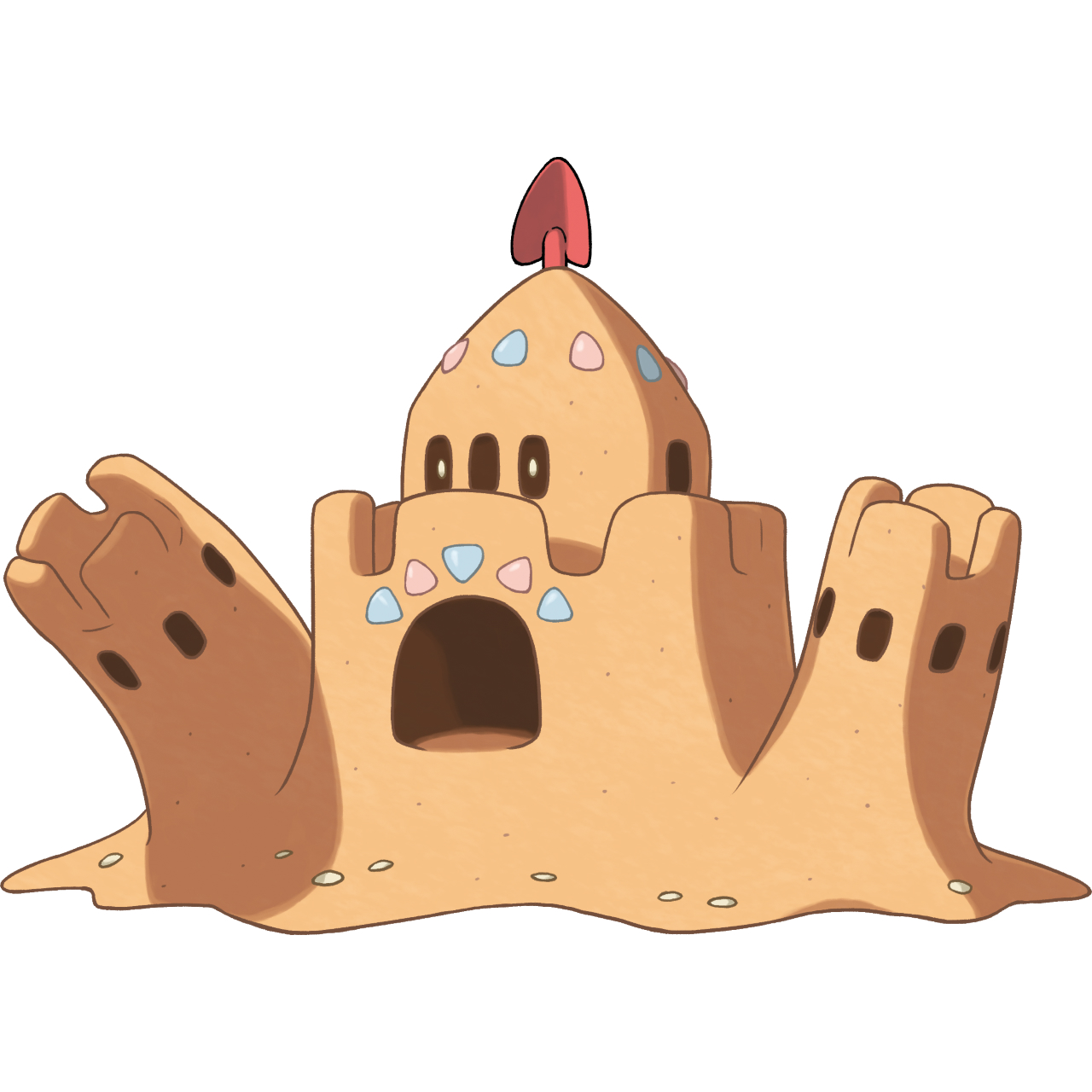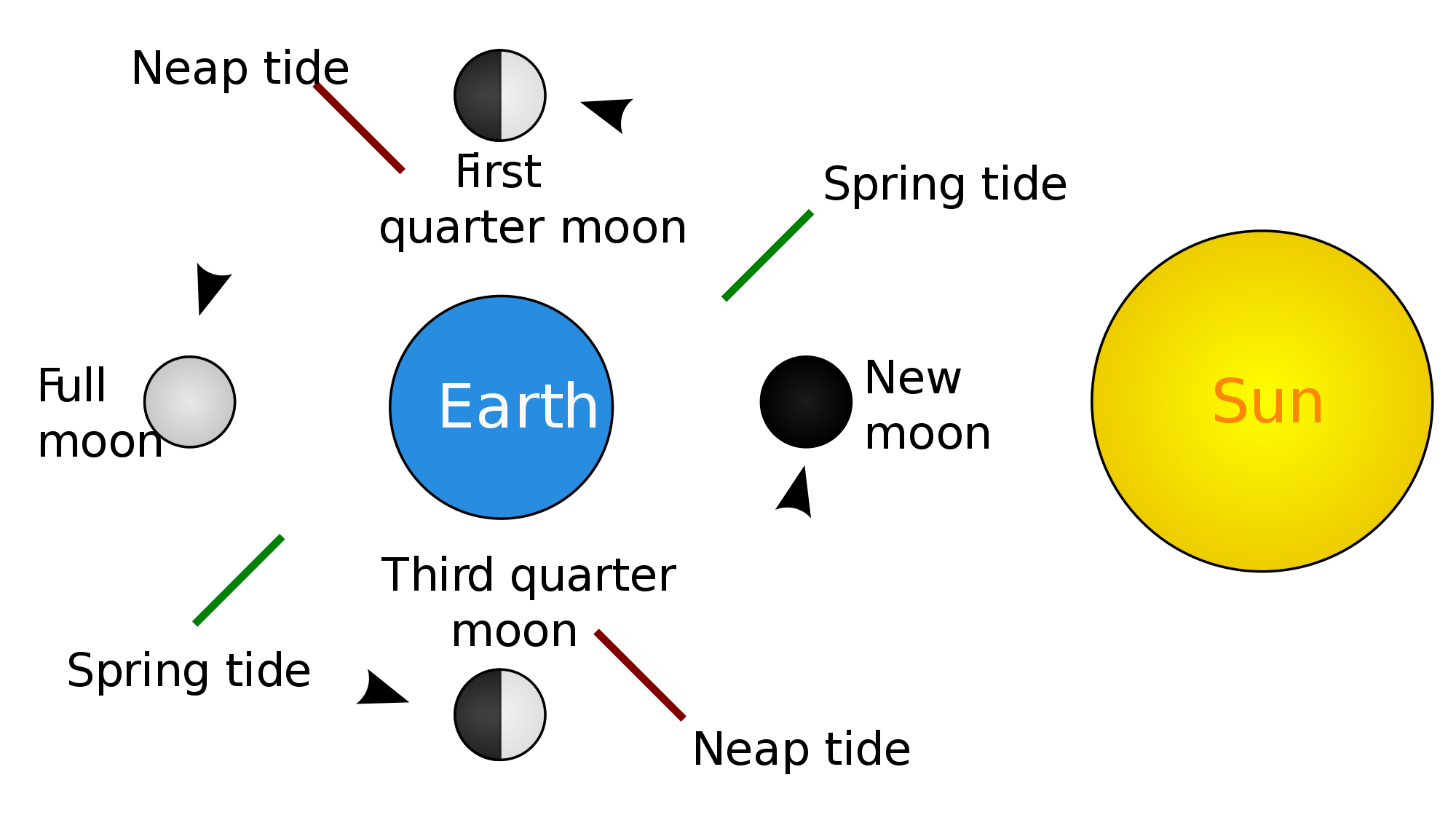I generally don't like doing advice blogs since there's a million opinions, but I can't quite get this topic outta my head. So here we go.
Since 2010, when I cracked open Paizo's Adventure Path Kingmaker, I have been enamored with the sandbox game (and hexcrawls in general). The idea of running a more player-driven game where the PCs choose where to go and what to do is really appealing. There is something nice about seeing your players getting invested in the game and in many ways, doing the GM work for you. And as a player, having that total freedom is pretty awesome. It's something you can't get from video games, even open world ones like The Witcher 3 or Skyrim.
Sandbox gaming is very common in the OSR community and for good reason. That freedom is awesome, but also it's great for the open table style of gaming, which is great for us adults that simply may not have the schedule to do a consistent campaign. Among the community, sandbox gaming is seen as the way best way to game and believe me, there are many grognards that would certainly defend that.
Unfortunately, sandboxes have their pitfalls, especially to those new to them. And in the last six years, I've experienced them all.
Pitfalls of Sandbox Gaming
In a sandbox, especially the more West Marches style, there is very little in the way of structure or concrete goals for players coming in. Aside from generally "rob the tomb, fight monsters, get rich". Nothing wrong with that, but for players not used to this style of gaming, the freedom of choice can get overwhelming and cause option paralysis. The game suddenly becomes one of "what do we do today guys?" and can grind to a halt. I have run sandboxes with new players that have bogged down because players really didn't know what to do.
There are more ways that a sandbox can slow down. A common factor I see with both new and experienced sandboxers is that with player choice, you have players that want to do their own thing. Generally, my experience is that you'll have two players that want to do different things, with other players neutral on what adventure they want to do. This happens because while there is the freedom of choosing your adventures in a sandbox, the team still has to agree on what they want to do. A gaming group follows general social dynamics, so you'll have one dominant player that will try and steer the group in a direction while another dominant player will want to do a different direction. And the other players generally don't care as long as they have fun, so no one really takes sides and it becomes an argument over what we should do that night. When running a sandbox, it is important for the players to have some sort of way to decide where they go next so that everyone gets a turn. Voting, choosing, picking straws... whatever works. But even with this, you will still have a person that is left choosing last, and depending on the adventure, they could have to wait weeks or even months. As a GM, you'll really have to step in and adjudicate things when this happens, or else game night could be ruined.
A common fix to both of these problems of inaction and arguing is to "have a guy with a gun kick down the door and attack". That is, throw some interjecting problem at them that they have to deal with right now. That does have its issues in a sandbox game.
With sandbox gaming, the style really emphasizes player agency and is seen as the opposite to adventure paths and railroading. However, most players confuse what player agency really means. Player agency is the player's ability to have a meaningful choice in what to do. If a player wants to do something, they have the freedom to attempt to do it. However, many players misunderstand this term and believe it means they have control over the fate and narrative direction of their character. In addition, players get rather attached to their characters the longer they play them. So, when they have to deal with a negative consequence to an action their PC did, or an interjecting problem out of nowhere, things once again grind to a halt as the player(s) get upset about it. This gets more exacerbated with games like Dungeon World, where narrative control is shared by the DM and the players. You'll have people breaking out the accusations of railroading and things bog down.
I think the most common issues I've seen is that with player option, you will have players that will do things that the team doesn't like. Maybe the character antagonizes an NPC that the other PCs are interested in bartering with, or does something that genuinely offends a player in the room. Eventually, a player or more will get disruptive and start becoming an obstacle to the team as a whole. Sometimes, all of the players get in the way of each other. This is because players are coming in and wanting to portray, experience, roleplay, and do things for their characters in a vacuum and eventually, this will conflict with the other players doing the same thing. And again that "player agency" term will rear its ugly head and players will get mad that the other is trying to stymie their game. And boy will things muck up
The Quagmire
Muck up is a good description for what I'm describing. If a railroad campaign is the eventual extreme of the adventure path style of gaming, then I would say that the extreme to a sandbox is the quagmire. A quicksand like pit that bogs everyone and everything down until you cannot escape.
 |
| I may have an unhealthy obsession with Pokemon |
The issue I see is that the sandbox is player driven, but people take that to the extreme. In the case of the players, they see it as them taking some form of metagame control over the fate and story of their characters. Being given too much freedom can be detrimental to the game, especially when that choice isn't tempered by the feelings and thoughts of your fellow players. It's very easy to do things that sabotage other players and claim it was in the name of roleplaying and staying in character. That freedom will also bite you in the ass when everyone wants to do something different. Basically, everyone is out to make their own awesome sand castle, but there isn't enough sand for everyone's castle. So now people are kicking over sand castles to make theirs bigger and bigger.

For the GM, I notice that sometimes, you get lax in adjudicating and instead remain a neutral force. I find that this happens because of the player driven part of sandboxes. Mentally, I feel that because the players drive the action, the GM sits back and lets them deal with the big issues while you just throw NPCs and monsters at them. It's really for this to happen since being a GM can be a lot of work, so having players doing the heavy lifting for you is really nice. I know I have done this on many an occasion. Also, especially for new GMs in the sandbox, you sometimes don't want to come down with the GM hammer for fear of being a railroading judge.
After dealing with these, sometimes you just want to give up and run simpler modules. I'll admit, after seeing some hexcrawls implode, I kind of crave the simplicity of running an adventure path or module. But we don't have to give up and throw out the baby with the bathwater. So what can we do for this?
These are my non-negotiables for running a sandbox. This goes for players and GMs.
1. Gaming isn't a story, or a game, or a competition. Gaming and game nights are social activities done between friends and peers to have fun. Ultimately, we as players and GMs need to remember that. This is a social group and the things we do as player characters are not done in a vacuum. So we have to remember to keep our peer's feelings in our minds when we make decisions, because that is more important than emulating a genre trope or simulating reality. We can't just do whatever we want, get mad when someone gets offended, and hold our breath until we get our way. And at the same time, we can't get offended with everything and deal with everyone issue with some kind of righteous indignation. When an issue arises in game, we have to chill out and talk it over. Cooler heads prevail and it's easy for things to get heated and leave bad feelings. If you can't talk things out reasonably and compromise like a fucking adult, then you don't have any business gaming. Period.
2. Talk with the players before the campaign even starts and let them know that this is a player driven game where you can make whatever choice you want. But, and this is important, impress the idea that this is a living, breathing world and that with this freedom of choice comes the burden of responsibility for them. All actions and inactions have consequences, positive or negative. And sometimes, things bigger than them will happen and they will have to react accordingly. Impress this to them over and over again if you have to.
3. Sandboxes need to have some sort of structure and goal. By doing this, it helps to keep your players focused on something while they go after their own goals on the side. It also gives something for players to fall back on when they don't really know what to do.
4. Having bonds between PCs is great. Many times in sandbox games, I see the same ragtag group of scoundrels and rogues out for number 1. While OSR games do focus on what the players do rather what they have done, there is something to be said about having preexisting backgrounds with each other. I find that more often than not, it helps the group mesh better and many of the issues of sandcastle kicking I mentioned above don't happen as much. Also, with backgrounds, you have some delicious hooks you can use.
5. GMs, don't get lazy. I think sandboxes need more GM adjudication more than any other style of gaming. It's really easy to sit back and let the players and the dice do your job. But, you have to be active in squashing anything that can bog down the game or more dangerously, break up the gaming group. You are the leader and probably have the most important job in the social group. Be active, assertive, and fair.
Doing these can help to prevent your game from becoming a quagmire and help make your sandboxes memorable and fun. It has certainly worked for me.












